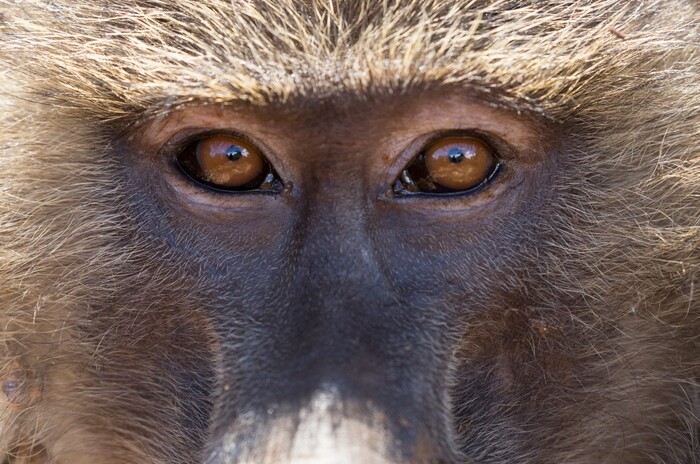Photographed in Hd the genetic diversity of primates Useful for biodiversity and human health From gorillas to chimpanzees, from macaques to orangutans: it is an unprecedented high-resolution photograph of the genetic diversity of primates that emerges from 10 scientific studies From gorillas to chimpanzees, from macaques to orangutans: it is an unprecedented high-resolution photograph of the genetic diversity of primates that emerges from ten scientific studies, of which eight were published in Science and two in Science Advances.
Their findings offer new insights not only to improve conservation efforts for these species (increasingly threatened by climate change, habitat loss, poaching and illegal trafficking), but also to better understand the genetic origin of many human diseases. The main study of the special, led by Lukas Kuderna of the Institute of Evolutionary Biology in Spain, examined in particular the genomes of over 800 specimens from Asia, America, Africa, Madagascar and belonging to 233 species of primates (almost half of all those existing on Earth), effectively quadrupling the number of primate genomes available to date.
This amount of data has allowed us to better date the time when the evolutionary paths of chimpanzees and humans separated (the divergence would have occurred between 9.0 and 6.9 million years ago, therefore earlier than previously estimated). It has also identified more than 4 million mutations that affect amino acid composition and can alter protein function, causing disease in humans. Thanks to this new genomic catalogue, the number of 'genomic innovations' believed to be exclusive to humans has finally been halved.
This makes it easier to identify mutations not shared with primates that could consequently be unique to human evolution and the characteristics that make us human.








